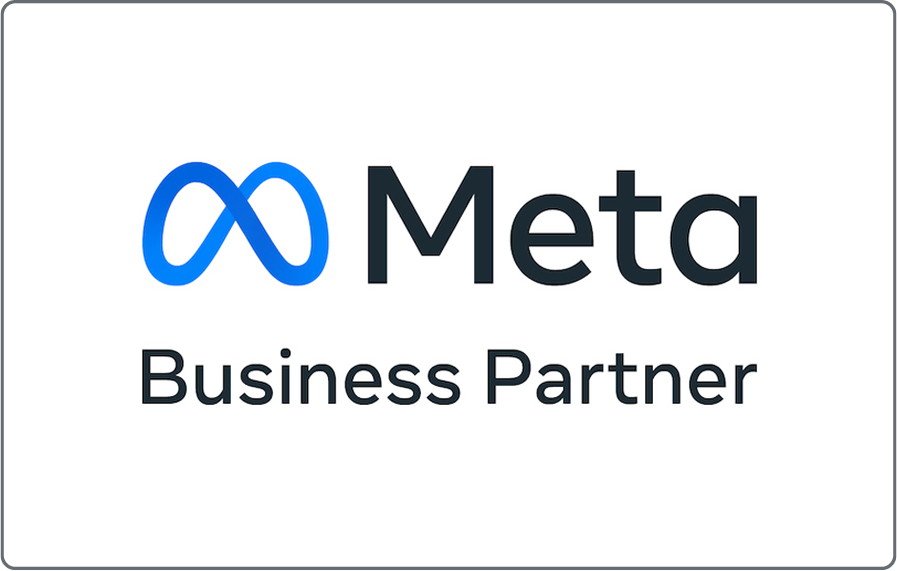How to Design a Paid Social Campaign
We all have been on Facebook and seen the paid Facebook ads that are present to the right of our newsfeed. Today, advertising on social channels has grown significantly, and companies are using algorithms to ensure that people are seeing ads that are relevant to them and their interests. If you want to be successful with your social media marketing, it is critical to complement your organic posts with paid promotion to gain the highest level of reach. If you need help, contact your closest social media advertising agency and read on to see 5 crucial steps you must take to create a great paid social campaign.
What are your Goals?
Before you start any marketing campaign, you must have your goals set up. If you understand the goals you are trying to achieve, you will be able to find the best strategy and focus on the specific performance metrics that will measure that goal. You may want to acquire more customers, increase brand awareness, increase engagement, or increase leads. Based on your goals for your campaign, you can then decide on the best strategy of promotion that will make your campaign most successful.
Identify Your Audience
Now that you have your goals in mind, who are the people that you are trying to reach with these paid social ads? If you want your campaign to the most successful, you need to take advantage of the targeting options that these social media platforms put forth. Your company may already know the audience that they are trying to target, or a social media advertising agency may help, so use that audience to make the most out of your social media campaign.
Pick the Right Channel and Content
With all the different social media platforms, you audiences may be the same, or may vary from platform to platform. If this is the case, you may want to tailor each post depending on which audience is on each platform. Do not assume that every post will work the same for each type of social media platform. A paid ad on LinkedIn may have a completely different audience then one on Facebook. Do some research before you post, and look at each audience on each social media platform as a separate group. If they tend to have similar characteristics then go ahead and use the same post. If they do not, then it may be the right move to create another post with a different audience in mind.
Select Targeting Options
Social media platforms are great because you can select people who you want to target, and even exclude the people who you do not want to see your ads. This will help ensure the money being spent on your ad is being used efficiently. Each platform has different targeting options, which allows you to target based on different characteristics or fields of interest. Lets take Facebook and LinkedIn for example. On Facebook you may want to target your audience based on age, interests, behavior, and degree. On the other hand, LinkedIn, a more professional site, you may want to target your audience based on job title, company, industry, and skill set. Really focus on targeting, because this is the most important step in getting your campaign out to the people it will be most useful to.
Create and Measure Your Campaign
Once you have all the above done, it is now time to create your campaign. If you are introducing a new product or service, start broad with your campaign and targeting, and then go into more detail as you see which people are responding. If your products are well established, many say to create multiple campaigns for different products and services. This allows you to see which ones do the best and which one you should be putting your time, money, and effort into. It also makes it easier to identify which audience responds best to each product or service. When it comes to measuring your campaign, marketing automation platforms can track your stats and revenue generation and can tell you which ads are costing the most per click, and which ones are costing the least. If an ad seems to be relatively expensive compared to others, and does not seem to be reaching people, turn off the ad and keep your cheaper ads on. When it comes to creating a campaign, you want to try and keep your cost per click relatively low, while increasing impressions and engagement in the long term.






